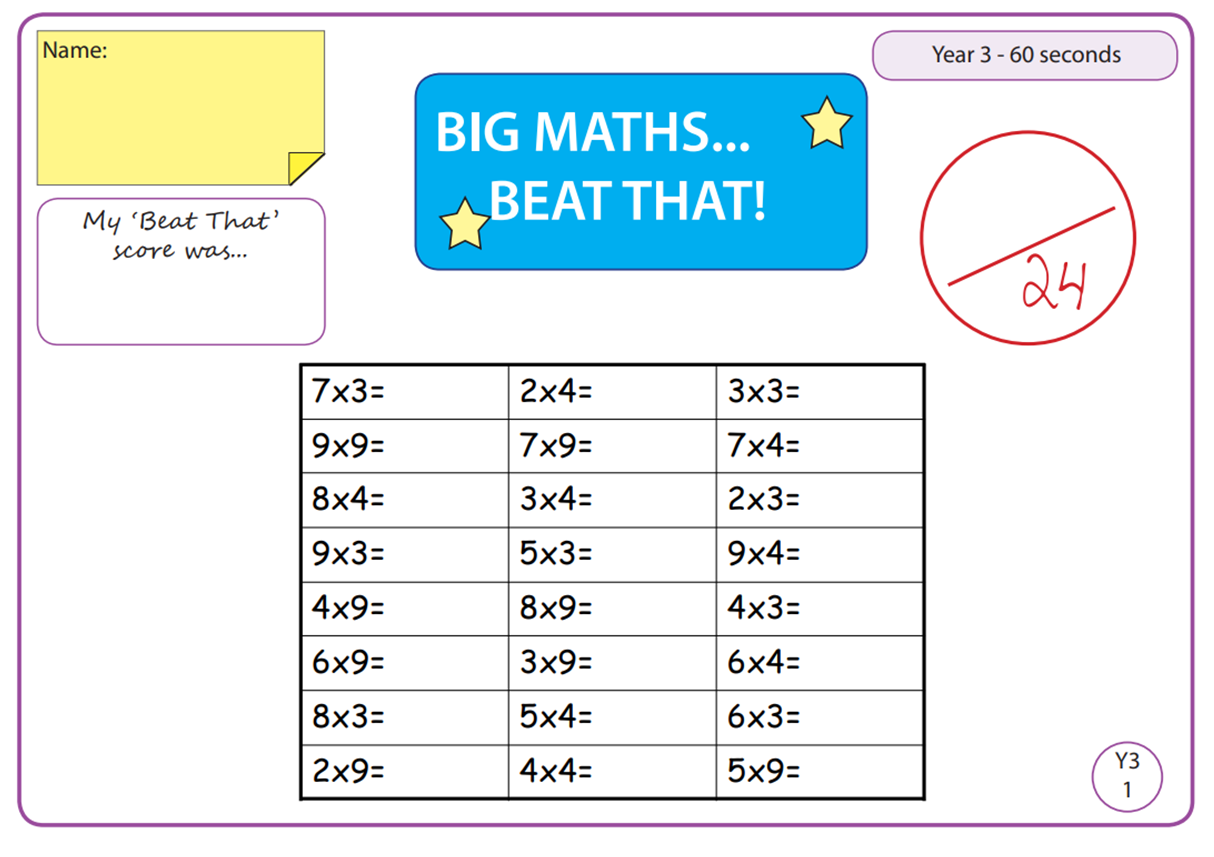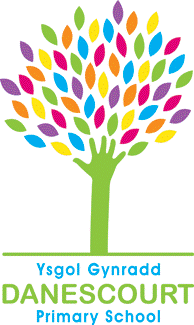The following page provides information on the coverage of skills taught within mathematics and numeracy for the autumn term. These are:
|
Place Value
|
Revise reading and writing numbers to at least 100 in numerals and in words
• recognise the place value of each digit in a two-digit number (tens, ones), moving onto 3 digit
• Compare and order 2 and 3 digit numbers; use <, > and = signs
• Revise counting in steps of 2, 5 and 10, moving onto 3 and 4 from 0, and in tens from any number, forward and backward (counting stick, practical tasks)
• Round to the nearest 10 and 100.
• Identify, represent and estimate numbers using different representations, including the number line (use different start and end points on the counting stick)
• Use place value and number facts to solve problems (ensure practical opportunities and a range of contexts)
• Use place value and number facts to solve problems, including Measures
|
|
Addition and Subtraction
|
• Add and subtract numbers using concrete objects, pictorial representations, and mentally, including a two-digit number and ones; a two-digit number and tens; two two-digit numbers.
• Bridge 10 and 100 (Base10)
• Introduce inverse operation
• Subtract with no exchange
• Fact families using concrete and pictorial representations, always/sometimes/ never, true and false questions, prove it
• Solve problems with addition and subtraction using concrete objects and pictorial
representations including those involving numbers, quantities and measures
|
|
Shape
|
• Recognise and describe 2 and 3D shapes
• Make 3D shapes
• Draw 2D shapes
• Find the perimeter of regular polygons
|
|
Multiplication and Division
|
• Revise 2s 5s and 10s
• Begin 3s and 4s times tables. (Teach 4 times tables by double 2 times tables)
• Use corresponding division facts
• Use appropriate multiplication and division strategies to solve problems.
• Revise arrays and introduce grid method if stage appropriate.
• Introduce division with remainders using concrete and pictorial representations.
• Introduce the term multiple
|
| Temperature |
• Scales in 5s and 10s but have 1s not numbered
• choose and use appropriate measuring equipment to measure temperature
• Measure, order and compare temperatures
• Use <> = to compare measurements
• Solve problems using temperature
• Introduce negative numbers in a scale, practically
• Apply addition and subtraction skills.
|
|
Algebra
|
• Place 2 and 3 digits on a number line to find differences. Use prediction to estimate calculations
• More than and less than <>=
• A+B = B + A
• A x B = B x A
• generate a pattern following the given criteria, e.g.using multi-link blocks; Numicon, shapes etc
• Identify an error in a given pattern/sequence
• Fill in a missing object/item showing an understanding of the pattern/sequence
• Count in steps of 2s, 3s, 4s, 5s and 10s
• Count in odds and evens, forward and backwards in whole numbers
• Complete missing values within a given sequence
• Generate sequences starting at and ending at different points, including counting back
|
Pupils are challenged every week to improve their fluency in integral number skills such as multiplication and addition facts. Here is an example of the Year Three Big Maths Challenge. Pupils are encouraged to use the habit 'Get it Right!' to improve their scores and time. Here is an example below:


